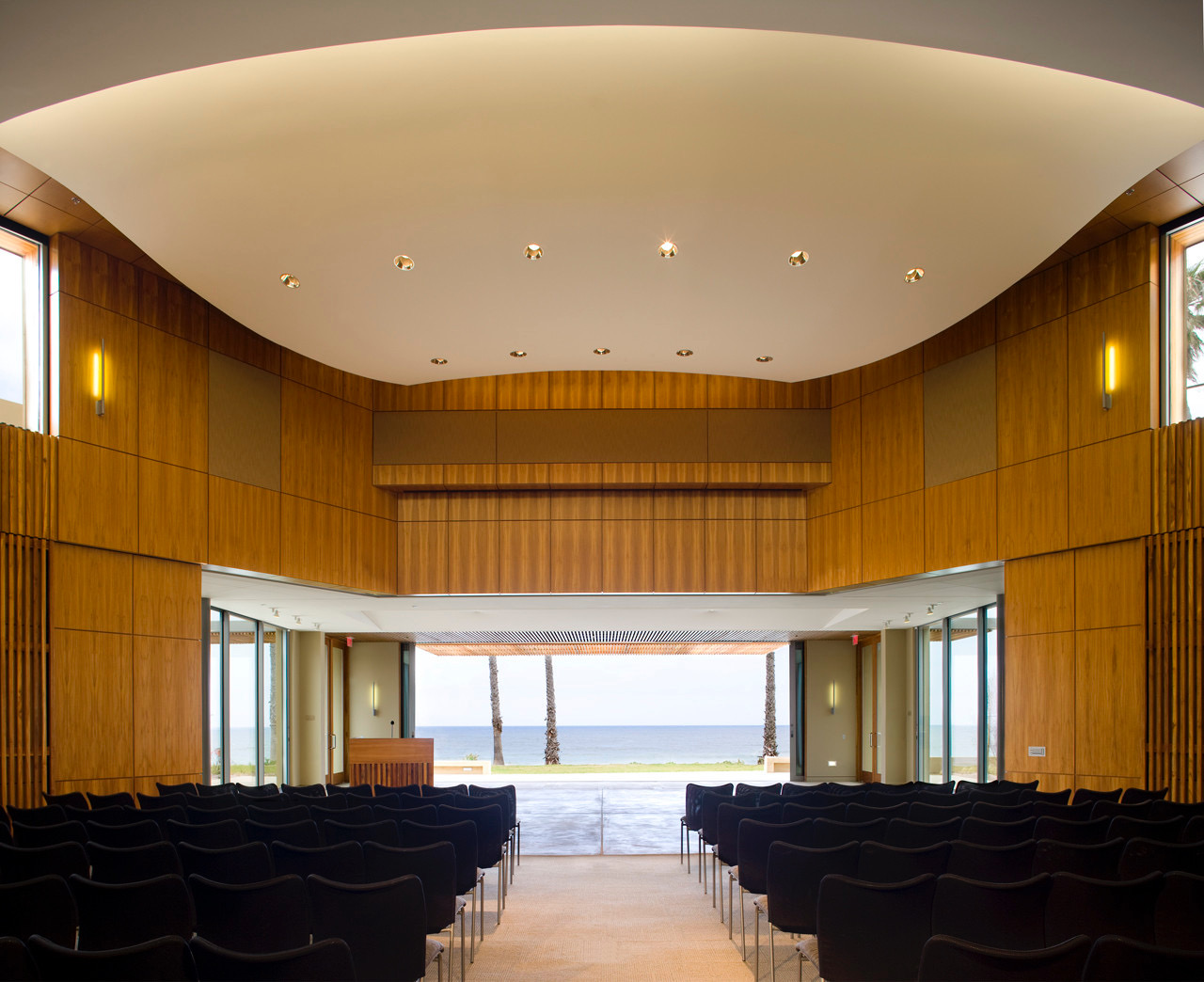
Institutional Seminar Series
(in person)
Thursday, October 20
at Scripps Seaside Forum Auditorium
11 a.m. Talks begin w/ Q&A
Pizza to be served after
*Please RSVP so we can order enough pizza for all.
-------------------------
Dan Lubin -- Department of Energy Atmospheric System Research at Scripps Oceanography
Abstract:
The US Department of Energy Atmospheric System Research (ASR) program and Atmospheric Radiation Measurement (ARM) research facility have provided resources that have enabled Scripps Oceanography researchers to make forefront contributions to climate science. The ARM research facility has, since the early 1990s, operated the most advanced atmospheric science instrumentation in a configuration that provides data for process studies related to the most current climate science questions, and for improving the physics and chemistry in global climate and Earth system models. ARM instrumentation includes research radars, laser remote sensors, spectroscopic remote sensors, aerosol microphysical instruments, and the gamut of meteorological equipment. Since 2005, these instrument suites have been available for major field programs worldwide on a competitive basis, through the ARM Mobile Facility (AMF) program. AMF offers a research team an opportunity to deploy the full equipment suite at a site anywhere in the world where a major contribution to a current climate science problem can be made. Scripps Oceanography researchers have recently won two of these competitions. The first was the ARM West Antarctic Radiation Experiment (AWARE), which addressed the atmospheric physics behind surface warming events that are subjecting the West Antarctic ice shelves to increasing stress. The second is the Eastern Pacific Cloud Aerosol Precipitation Experiment (EPCAPE), which will deploy the AMF equipment here on the Scripps Pier beginning in early 2023. In this talk I will describe the ARM observational capabilities and briefly how they were used with AWARE, as an introduction to the forthcoming EPCAPE program.
Lynn Russell -- Aerosol Effects in and on Clouds for the Eastern Pacific Cloud Aerosol Precipitation Experiment (EPCAPE)
Abstract:
Coastal cities have a wealth of atmospheric influences, with marine clouds mixing with upwind continental aerosol particles and both interacting over the ocean for days at a time. For example, La Jolla, California, is often under a layer of marine clouds and frequently receives particles transported about a day from the urban/port areas in Los Angeles and Long Beach, making diesel combustion emissions a large source of aerosol particles. In winter, northeasterlies can transport aerosol from the agricultural and vehicular sources of the eastern Los Angeles basin, bringing high contributions of both reduced and oxidized nitrogen (namely, ammonia and “NOx”). Wildfires provide episodic but enormous contributions to aerosol in the southwestern U.S., with such high amounts of carbon-containing compounds that particles shift to larger sizes while continuing to be oxidized. The upcoming Eastern Pacific Cloud Aerosol Precipitation Experiment (EPCAPE) will provide the opportunity to characterize these varied aerosol sources, as well as the atmospheric processes, including clouds and radiation, that change their properties while they are airborne. Clouds add to aerosol particles by accelerating chemical reactions with liquid water, changing their chemical composition. At the same time, aerosol particles change clouds, changing the size of droplets in clouds to scatter light more effectively. EPCAPE will provide the most extensive and intensive combination of collocated cloud and aerosol measurements that the world has seen, allowing us to better understand how the interactions of clouds and aerosols will change as climate warms.
*Talks will not be recorded.




